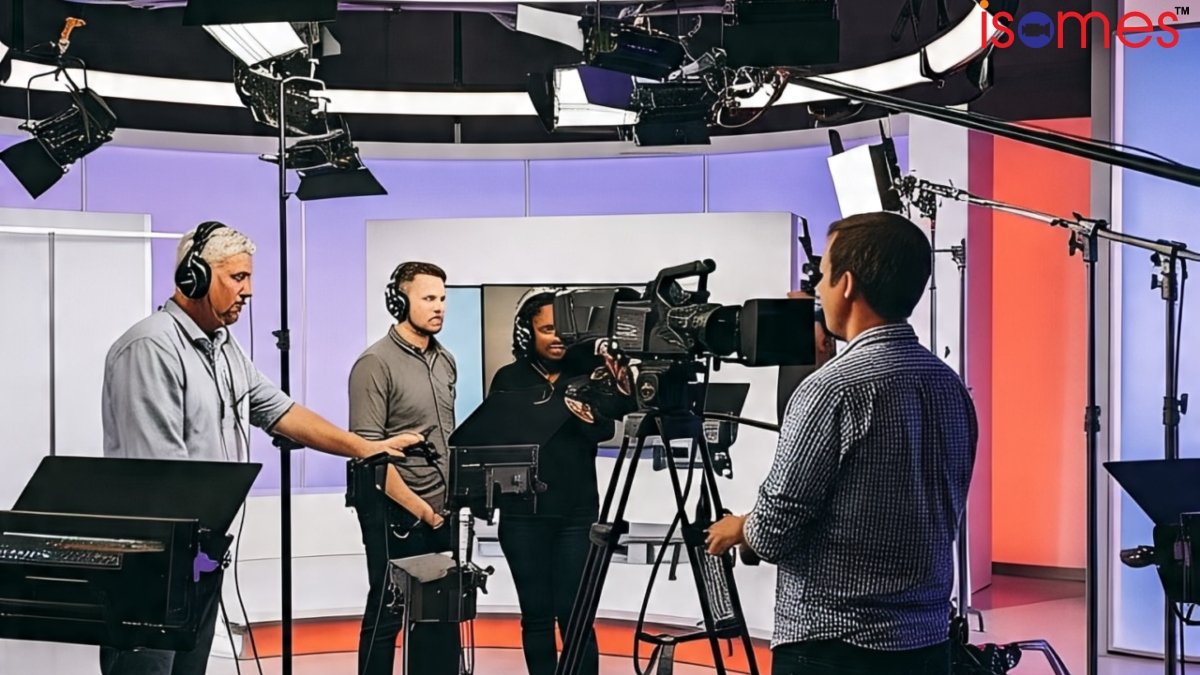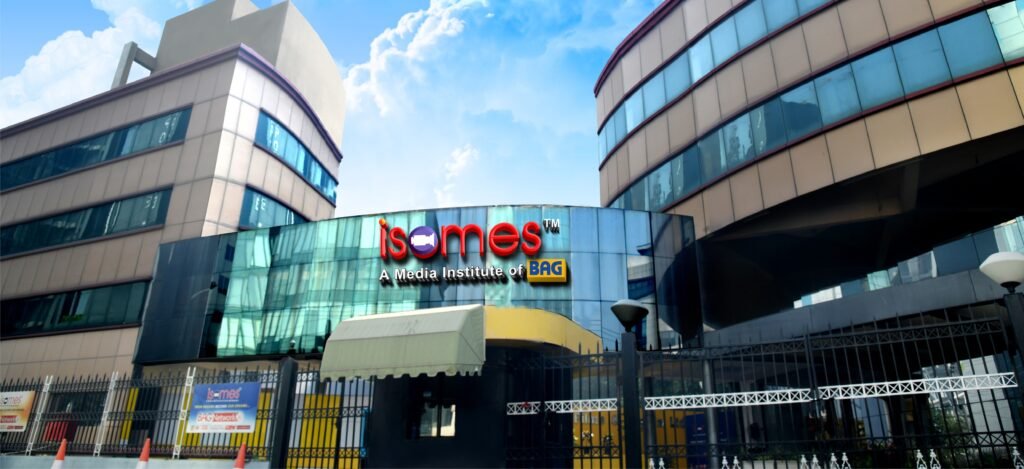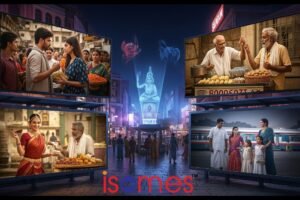
TOP THINGS YOU NEED TO KNOW ABOUT TV PRODUCTION
Television production is an integral part of any audio-visual content creation. At a bird’s eye view, it mainly involves shooting and editing, but fundamentally, it begins with the emergence of an idea — like a light bulb glowing in the mind — and concludes with the final broadcast.
In today’s highly dynamic social media-driven world, every citizen is both producing and consuming content. This has led to the rise of a new term: “Prosumers” — those who produce and consume content simultaneously. In such a scenario, having a step-by-step understanding of the entire production process becomes a significant advantage.
Also Read :- GEC Vs OTT Content: The Growth Trajectory of Entertainment Content
Today, we see students, homemakers, amateurs, and even laypersons creating and uploading content on their social media handles, often garnering thousands or even lakhs of views. For media professionals or students, it becomes essential to understand how content travels from concept to screen — whether it’s television or mobile.
“Quality means doing it right when no one is looking.” – Henry Ford
This quote by the iconic industrialist says it all. It underlines the fact that quality should be a part of every stage — from writing and shooting to editing and broadcasting — even when no one is watching over your shoulder.
Television or video production is typically divided into three major stages:
- Pre-Production
- Production
- Post-Production
“Before anything else, preparation is the key to success.” – Alexander Graham Bell
🔹 Pre-Production
This is the planning stage. Everything is pre-determined and thoughtfully arranged here — developing a fresh story idea, conducting research, verifying information, budgeting, storyboarding, scripting, scouting locations, hiring cast and crew, designing sets, and more.
Also Read :- AI in Advertising: Everything You Need to Know
Whether the content is news or entertainment, short- or long-format, Pre-Production is where unique ideas are generated and strategically structured. The more thorough the planning, the better the final content. It’s just like preparing a gourmet meal — you need to chop vegetables precisely, grind spices to perfection, prepare sauces, and organize all utensils before you start cooking. Similarly, Pre-Production demands accuracy and efficiency to ensure quality content.

PRODUCTION IS STILL THE KING
In newsrooms, production often refers to editing and compiling news stories. But in general content creation, production begins the moment the shoot starts — or even just before the camera rolls, when countless small tasks need to be managed before the director calls, “Action!”
Consider a homemaker going viral with her recipe videos. Is she simply filming her cooking on a basic phone with shaky footage and poor audio? Definitely not. To attract an audience, her video must have good camera work, clean lighting, clear sound, and visually appealing presentation.
She is not just a creator — she is a prosumer. She is conscious of quality because she is also her own consumer. That’s why she ensures high-quality visuals, neat settings, and a clutter-free background. Her audience wants to see the dish clearly and feel inspired to try it immediately. This is where the quote by Martin Scorsese becomes relevant:
“Cinema is a matter of what’s in the frame and what’s out.”
During production, everything — camera angles, lighting, set design, props, costumes, makeup, and crew coordination — must be well-planned and executed. The better the execution, the more likely the content will meet broadcast standards and generate returns on investment for the producer, TV channel, or media house.
Also Read :- BAJMC students Awarded in Film Festival
FINAL STAGE WHERE THE STORY GETS ITS SHAPE AND VALUE
To make content broadcast-ready, it must undergo a final stage of cohesive selection, editing, and enhancement — where raw footage transforms into a meaningful video or story in the hands of a skilled editor.
Whether it’s a simple news report, ad film, documentary, or feature film, the Post-Production process is largely the same. It involves:
- Video editing
- Adding background music and sound effects
- Applying graphics and titles
- Color grading and sound mixing
This stage polishes the content, ensuring it is viewer-friendly and impactful.
For larger projects like feature films, Post-Production also includes promotion and marketing — preparing the product for distribution, theatrical release, satellite TV, or OTT platforms.
Click Here to Register
Also Watch Our Students Projects:-



